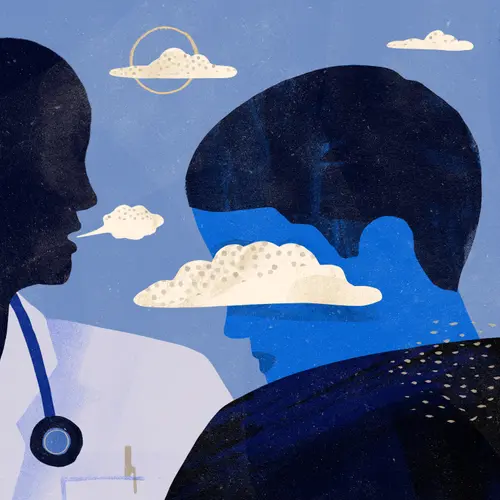What Is Ketamine?
Ketamine, also known as Special K or Super K, is a short-acting anesthetic drug with hallucinogenic effects. It can change how you perceive sights and sounds, make you feel like you’re not in control, and make you feel detached from the world around you or any pain you’re feeling.
Scientists created ketamine to be an anesthetic and a pain reliever. It’s approved by the FDA for these purposes. But this “club drug” is often misused.
However, researchers are now looking at whether there might be some benefits in the fight against addiction. Ketamine was linked with better outcomes when used along with behavioral and motivational therapy in two clinical trials on substance misuse treatment.
How Ketamine Works
Ketamine triggers activity of a neurotransmitter called glutamate in the frontal cortex of your brain. It also allows more synapses, which allow information to flow inside your brain, to form in the same area.
Ketamine comes in several forms. It may be a powder or a liquid. People who use it illegally often snort, smoke, or inject it, or mix it into drinks. Doctor usually inject it as an intravenous (IV) infusion.
The effects start quickly. After a few minutes, your heart rate speeds up and your blood pressure begins to go down. You may not respond to things in the world around you.
Different amounts of ketamine will give different “highs.” A medicinal dose is usually around 1 to 2 milligrams for each kilogram of body weight. But a fraction of that amount can lead to a high.
A low dose will create a mellow high with mild visual hallucinations, heightened senses, and numbness. A higher dose might cause vivid hallucinations, trouble moving, short-term memory loss, and feeling like you’re having an “out-of-body” experience. This could lead to:
An overdose of ketamine can cause unconsciousness or slowed breathing, which is very dangerous.
In a medical setting, doctors give low doses of ketamine over a longer period of time. This way, they avoid a potentially addictive high. Addictions are very rare under a doctor’s care.
Ketamine and Addiction Treatment
Two clinical trials -- one looking at cocaine addiction and the other at alcohol dependency -- showed that people who were prescribed ketamine, alongside therapy, had a better outcome than those who had therapy without ketamine treatment.
The people who had cocaine addictions got ketamine through an IV for 5 days, in addition to 5 weeks of mindfulness relapse prevention therapy.
The people who were dependent on alcohol got ketamine through an IV during the second week of a 5-week motivational enhancement therapy session.
In both studies, the researchers concluded that ketamine lowered the chances of restarting or relapsing into addiction.
More research on how ketamine affects addiction is needed, but it may change how your brain deals with cravings, motivation to quit a drug, and controlling behavioral reactions. Ketamine treatment might also make behavioral therapy more effective, which is a big part of overcoming addiction.
For ketamine to be helpful in addiction treatment, it must be used under the close care of medical professionals. Recreational use could lead to addiction and other dangerous effects.

